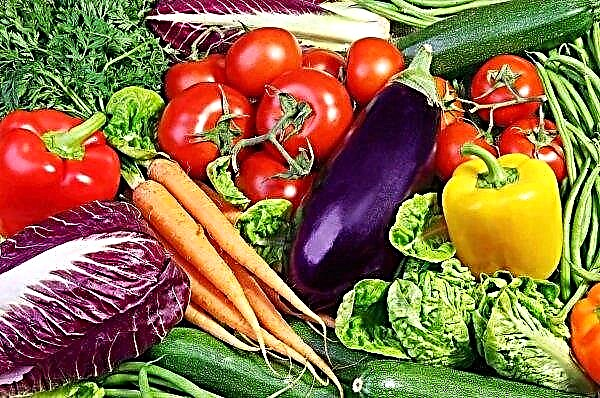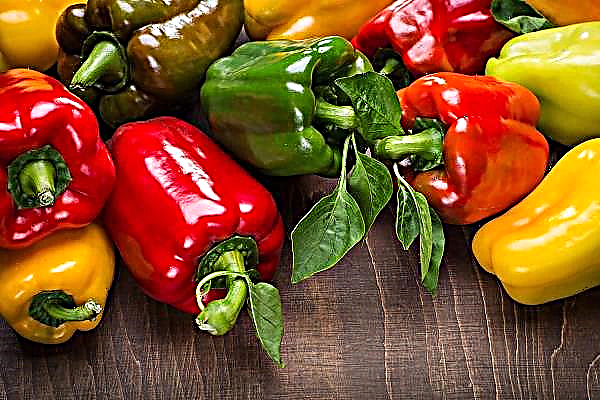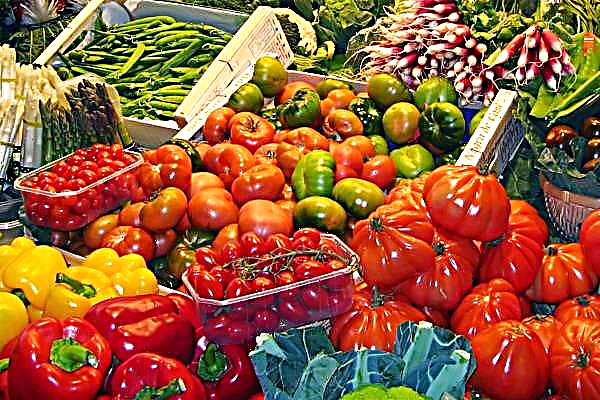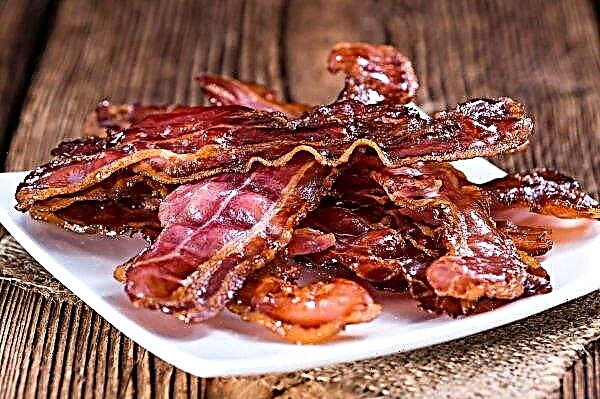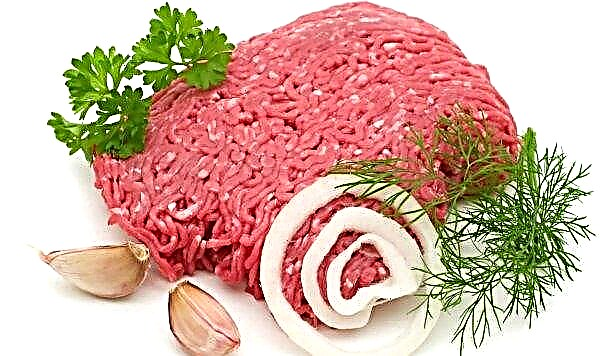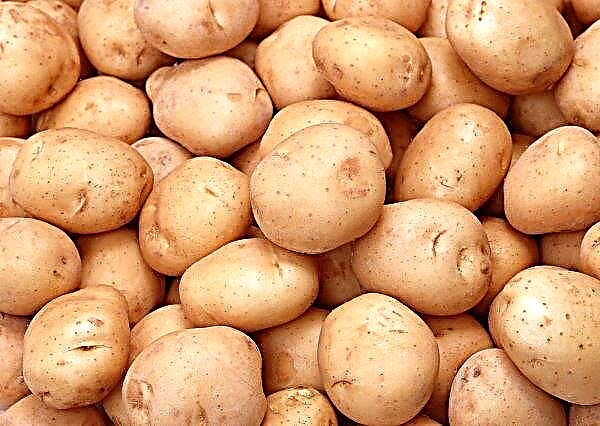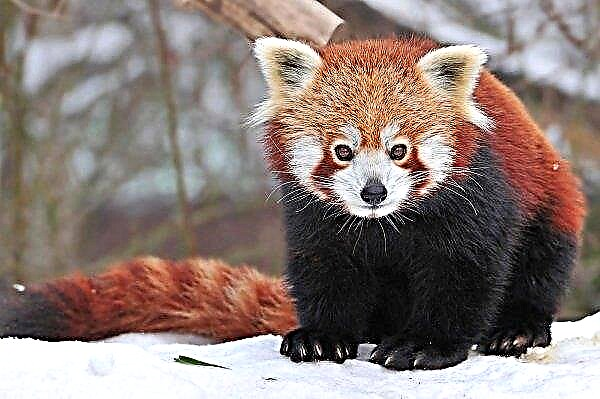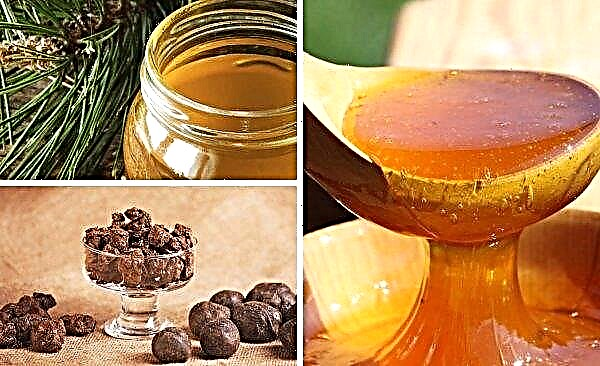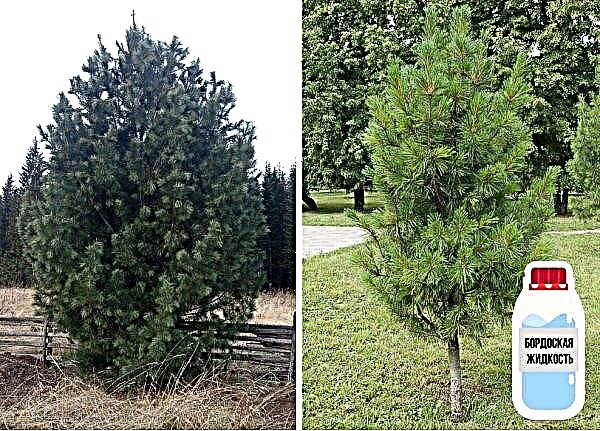The threat to sunflower and corn crops in Ukraine can be created by locusts, especially herd species. A large locust population was recorded in the Kiev, Zaporizhzhya and Donetsk regions.
In Ukraine, from the locusts, the greatest harm is done by Italian locusts, or Prus, and migratory, or Asian locusts; slightly less damage is observed from the locusts of Central Russian, Moroccan and various species of fillies: blue-winged, dark-winged, white-striped, black-striped, wingless, meadow.
Larvae hatch in May-June depending on air temperature. In appearance and lifestyle, they are similar to adults. Locust firing occurs in mid-July.
 Italian locust
Italian locust
Locusts have herd and solitary phases. They have significant differences both in appearance and physiology, and in the nature of behavior. Insects of the herd phase are colored brighter and more contrast, behave more actively, forming swarms of larvae or flocks of adults.
Last year, during the growing season, the distribution of locusts in Ukraine was low, pests populated 2% of the area surveyed and were mainly represented by non-herd species, as well as a single phase of the Italian pruss and migratory (Asian) locust.
The maximum number of pests was observed in Donetsk, Zaporizhzhya, Kiev regions - focal up to 5-8 ind./ m². Locusts developed mainly on non-arable lands.
 Asian locust
Asian locust
This year, under favorable conditions (early dry spring with temperatures above many years of normal), foci with the increased number of Italian prus may occur, in particular, in the steppe regions of Ukraine.


